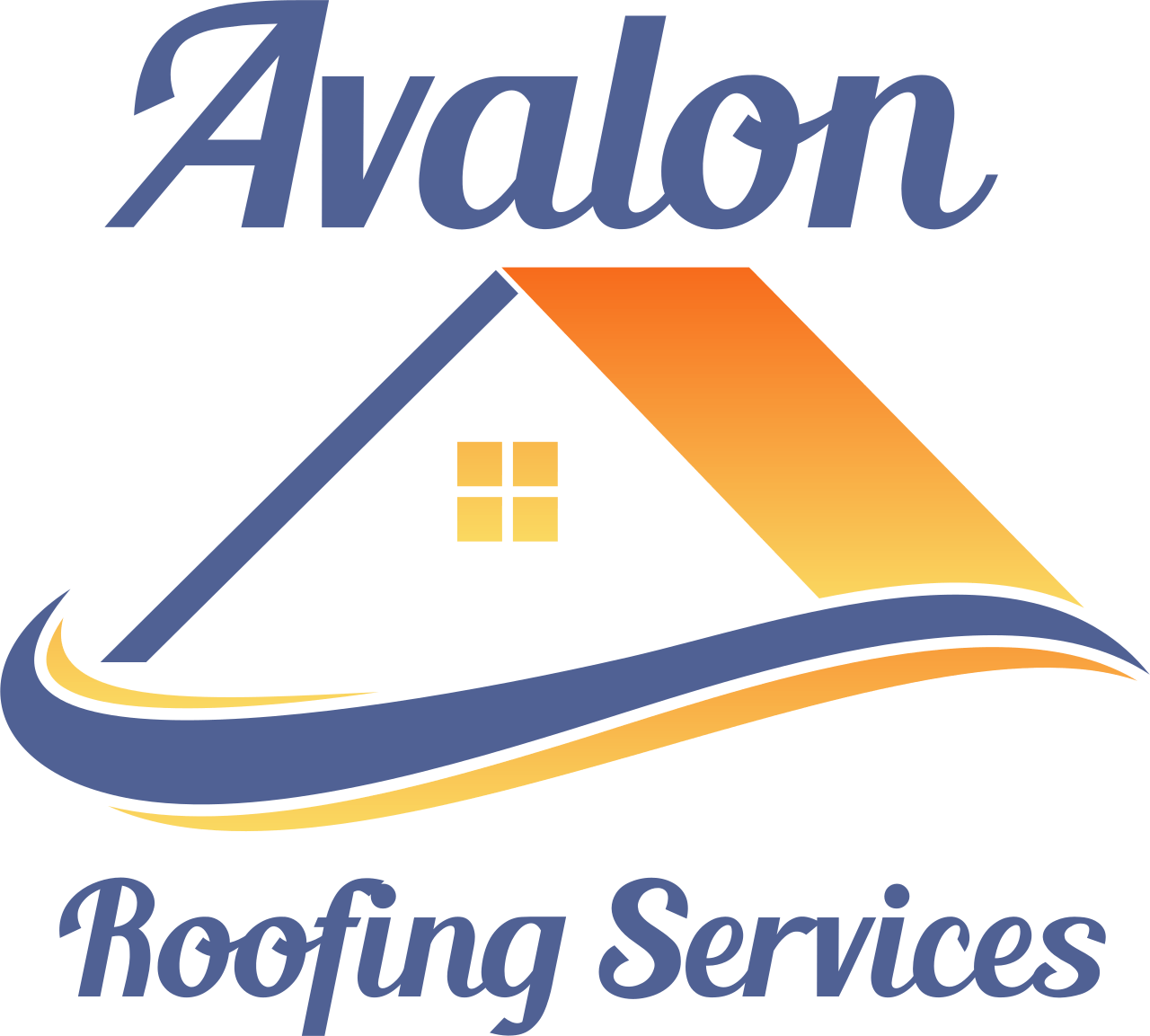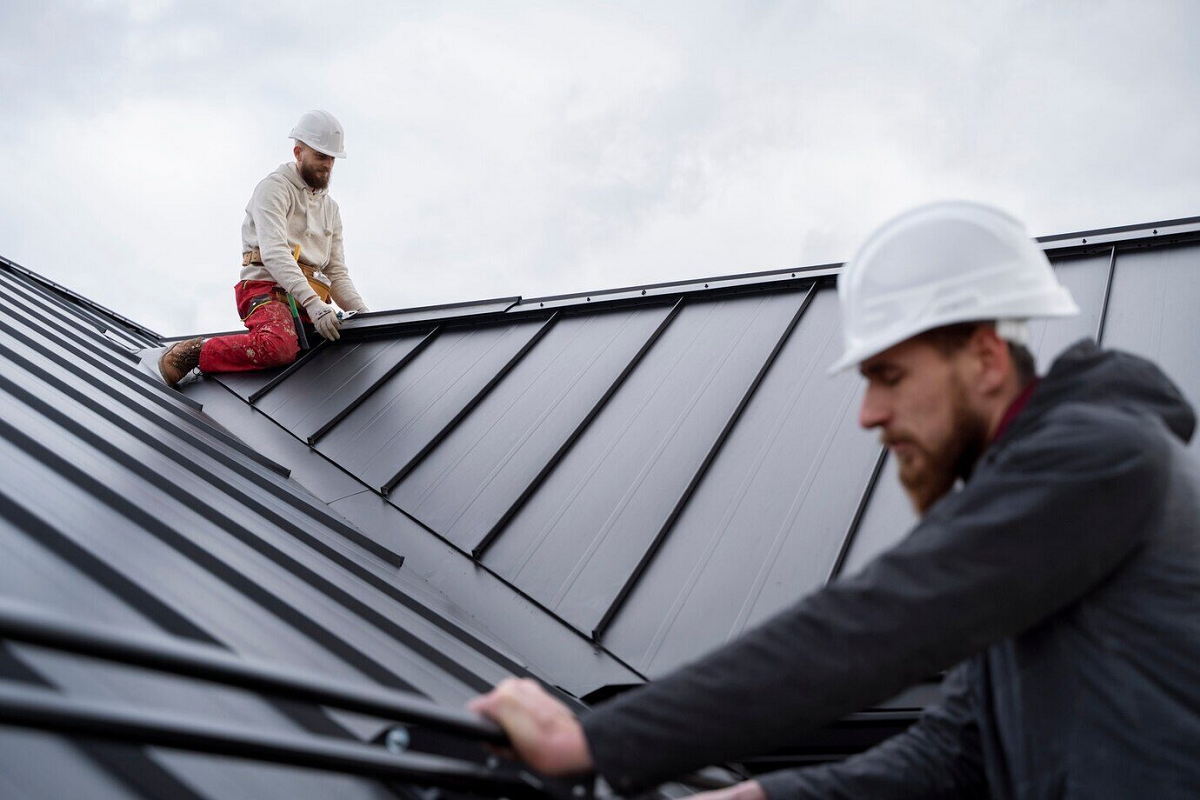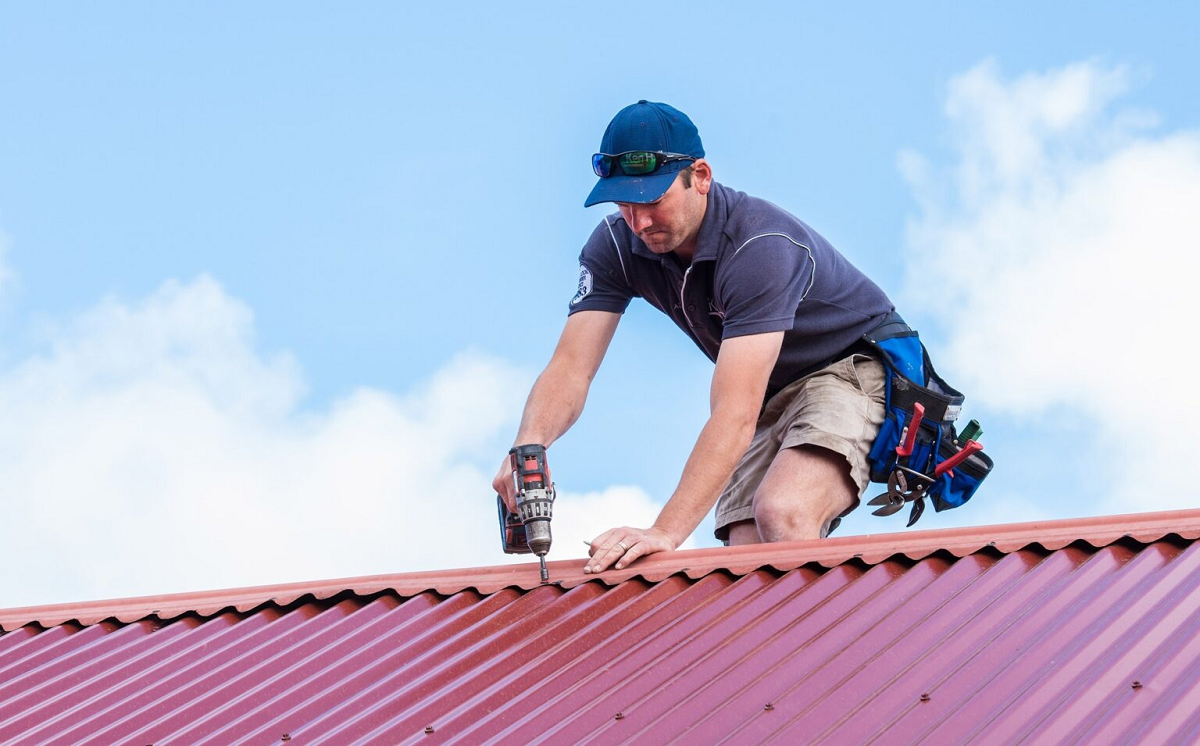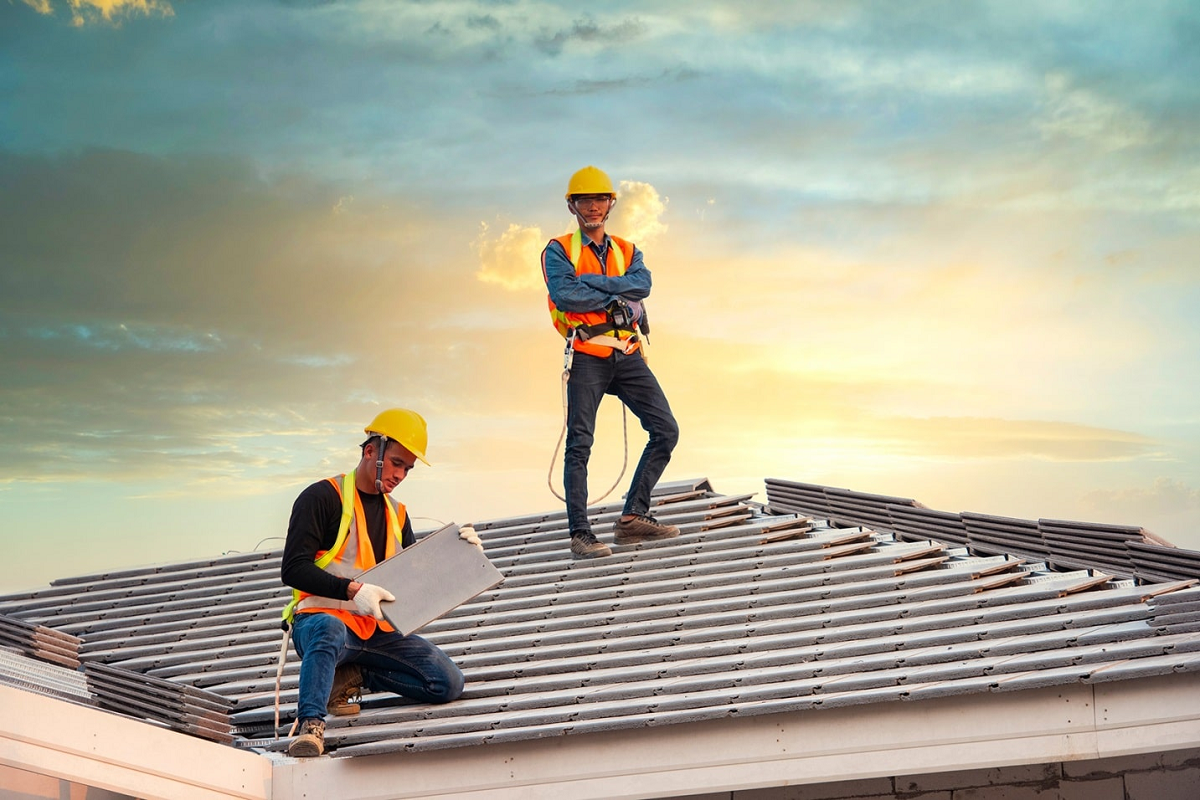The Benefits Of Energy-Efficient Roofing Materials
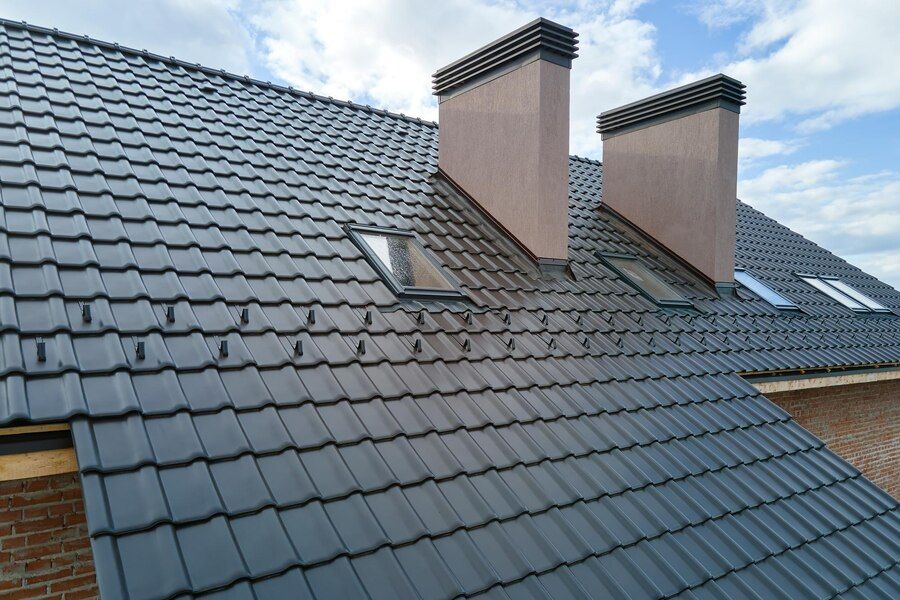
In today's rapidly changing climate landscape, the quest for sustainability has become more imperative than ever. Among the myriad ways individuals and businesses can contribute to a greener future, the choice of roofing materials stands out as a significant factor. Energy-efficient roofing materials offer a plethora of advantages, ranging from cost savings to environmental preservation.
These innovative materials are designed to minimize heat absorption, reduce energy consumption for cooling, and prolong the lifespan of the roof itself. From asphalt shingles embedded with reflective granules to metal roofs engineered for optimal thermal performance, the options are diverse and promising. Join us as we delve into the tangible benefits and transformative potential of embracing energy-efficient roofing solutions.
Understanding Energy-Efficient Roofing: A Primer
Energy-efficient roofing is a fundamental aspect of sustainable building practices, representing a crucial step towards reducing carbon emissions and mitigating climate change. Essentially, it involves the installation of roofing materials designed to minimize heat absorption and maximize thermal insulation.
By harnessing innovative technology and engineering principles, these materials work to regulate indoor temperatures more effectively, thereby reducing reliance on mechanical heating and cooling systems. Understanding the principles behind energy-efficient roofing is essential for homeowners, architects, and contractors alike. It encompasses various factors such as material composition, insulation properties, and architectural design considerations.
By grasping these fundamentals, stakeholders can make informed decisions that not only benefit the environment but also contribute to long-term cost savings and enhanced comfort within buildings.
The Environmental Impact: Reducing Carbon Footprint
The adoption of energy-efficient roofing materials offers a substantial opportunity to diminish our collective carbon footprint and combat the adverse effects of climate change. Traditional roofing materials, such as asphalt shingles, often contribute to urban heat island effects by absorbing and retaining heat, thereby increasing the demand for air conditioning during hot seasons. Conversely, energy-efficient roofing materials, such as cool roofs or green roofs, mitigate this heat absorption by reflecting sunlight and facilitating natural cooling processes.
By reducing the need for artificial cooling, these materials not only conserve energy but also decrease greenhouse gas emissions associated with electricity generation. Moreover, some energy-efficient roofing options incorporate recycled materials or are recyclable themselves, further minimizing their environmental impact over their lifecycle. As individuals and communities increasingly prioritize sustainability, the adoption of energy-efficient roofing emerges as a tangible and impactful way to promote environmental stewardship.
Cost Savings Over Time: Economic Benefits
Energy-efficient roofing materials offer substantial long-term economic benefits, including reduced utility bills, minimized maintenance expenses, and extended HVAC system lifespan. Government incentives further offset initial investments, making energy-efficient roofing financially accessible. Overall, opting for energy-efficient roofing yields significant economic returns over the roof's lifespan.
- Reduces utility bills by minimizing heating and cooling costs
- Decreases maintenance and replacement expenses due to durability
- Government incentives offset initial investment
- Extends HVAC system lifespan, reducing maintenance costs
- Yields long-term economic returns by optimizing energy efficiency
Enhanced Comfort: Regulating Indoor Temperatures
Energy-efficient roofing plays a pivotal role in enhancing indoor comfort by effectively regulating temperatures and reducing thermal fluctuations within buildings. Traditional roofing materials, particularly those with poor insulation properties, often struggle to maintain consistent temperatures, leading to discomfort and reliance on mechanical heating or cooling systems. In contrast, energy-efficient roofing materials are engineered to minimize heat transfer, effectively insulating buildings against external temperature fluctuations.
By retaining warmth during cold weather and reflecting sunlight during hot weather, these roofs create a more comfortable and stable indoor environment year-round. This improved thermal comfort not only enhances the well-being of occupants but also reduces the need for energy-intensive heating and cooling, thereby lowering utility costs and environmental impact. Whether in residential, commercial, or industrial settings, the implementation of energy-efficient roofing solutions promotes a healthier and more pleasant indoor living and working environment for occupants.
Extended Roof Lifespan: Durability and Longevity
One of the often-overlooked benefits of energy-efficient roofing materials is their ability to extend the lifespan of roofs, resulting in long-term savings and reduced environmental impact. Traditional roofing materials, such as asphalt shingles, are prone to degradation due to exposure to harsh weather conditions and UV radiation.
This degradation not only compromises the aesthetic appeal of the roof but also necessitates frequent repairs or replacements, contributing to landfill waste and resource depletion. In contrast, energy-efficient roofing materials, such as metal roofs or clay tiles, are renowned for their durability and resistance to weathering.
By withstanding environmental stresses more effectively, these materials offer extended service lives, reducing the frequency of maintenance and replacement cycles. This longevity not only translates to cost savings for property owners but also minimizes the environmental footprint associated with roofing materials production and disposal. Thus, investing in energy-efficient roofing proves to be a sustainable choice that prioritizes longevity and resilience in building infrastructure.
Reflective Roofing Materials: Keeping Cool in Hot Climates
Reflective roofing materials are vital for maintaining comfortable indoor temperatures and reducing energy consumption in hot climates. By reflecting sunlight and dissipating absorbed heat efficiently, these materials mitigate the urban heat island effect and alleviate the need for excessive air conditioning.
- Reflective roofing materials reflect sunlight, reducing heat absorption and lowering indoor temperatures.
- They mitigate the urban heat island effect, contributing to cooler ambient temperatures in urban areas.
- Buildings equipped with reflective roofing experience reduced reliance on air conditioning, leading to lower energy consumption.
- The use of reflective roofing materials promotes sustainability by decreasing greenhouse gas emissions associated with energy production.
- Adopting reflective roofing solutions is a proactive strategy to create more resilient and energy-efficient buildings in hot climates.
Insulation Efficiency: Minimizing Heat Loss In Cold Climates
In cold climates, effective insulation is paramount to maintaining indoor comfort and minimizing energy consumption for heating. Energy-efficient roofing materials play a crucial role in this regard by providing superior insulation properties that reduce heat loss and enhance thermal comfort during winter months. Unlike traditional roofing materials, which may have inadequate insulation or poor resistance to heat transfer, energy-efficient options such as spray foam insulation or insulated roof panels create a thermal barrier that prevents heat from escaping through the roof.
By minimizing heat loss, these materials help to maintain stable indoor temperatures, reduce heating demands, and lower energy bills. Additionally, improved insulation can contribute to a more consistent temperature distribution throughout the building, eliminating cold spots and enhancing occupant comfort. As concerns about energy efficiency and climate change continue to grow, the adoption of energy-efficient roofing materials emerges as a practical and effective strategy for reducing heat loss, conserving energy, and promoting sustainability in cold climate regions.
Regulatory Incentives And Rebates: Government Support
Governments recognize the importance of promoting energy-efficient building practices to reduce greenhouse gas emissions and achieve sustainability goals. Many jurisdictions offer regulatory incentives and financial rebates to encourage the adoption of energy-efficient roofing materials.
These incentives include tax credits, grants, or subsidized financing programs aimed at offsetting initial costs. Building codes increasingly incorporate requirements or incentives for energy-efficient components, including roofing systems. By leveraging government support, property owners and developers can reduce their environmental footprint and realize cost savings on energy bills. Government initiatives also stimulate market demand for sustainable building materials, driving innovation in the green building sector.
Choosing The Right Material: Considerations And Options
When selecting the right roofing material, it's essential to consider several factors to ensure optimal performance and longevity. Climate, durability, aesthetics, budget, and maintenance requirements all play significant roles in making the best choice for your home or building.
- Climate suitability: Choose materials that can withstand the weather conditions prevalent in your region.
- Durability and resistance: Opt for materials with high durability and resistance to weathering, especially in areas prone to extreme weather.
- Aesthetic appeal: Ensure the chosen material complements the overall design of your home or building.
- Budget constraints: Evaluate the cost-effectiveness of different materials, considering both upfront costs and long-term savings.
- Maintenance requirements: Consider the level of maintenance required for each material to ensure it aligns with your lifestyle and resources.
Case Studies: Success Stories Of Energy-Efficient Roofing Implementation
Real-world examples of successful energy-efficient roofing projects serve as compelling testimonies to the tangible benefits and transformative potential of sustainable building practices. Case studies showcase how property owners, architects, and contractors have leveraged energy-efficient roofing materials to achieve significant cost savings, enhance occupant comfort, and reduce environmental impact.
Whether retrofitting existing buildings or designing new constructions, these projects demonstrate the versatility and effectiveness of various energy-efficient roofing solutions in diverse settings and climates. From commercial office buildings to residential homes to industrial facilities, case studies highlight innovative approaches to energy-efficient roofing design, installation techniques, and performance monitoring.
Moreover, they provide valuable insights into overcoming common challenges and barriers associated with adopting sustainable building practices, such as upfront costs, regulatory compliance, and technical limitations. By sharing success stories and lessons learned from energy-efficient roofing implementation, the industry can inspire and empower more stakeholders to embrace sustainable building practices and contribute to a greener, more resilient future.
In summary, energy-efficient roofing offers a vital pathway to sustainable construction, providing environmental benefits, cost savings, and enhanced comfort. Understanding its principles empowers stakeholders to make informed choices, while government incentives further encourage adoption.
By selecting appropriate materials and strategies, energy-efficient roofing can regulate indoor temperatures, prolong roof lifespan, and reduce energy consumption. Real-world success stories underscore its effectiveness and inspire further progress. Ultimately, embracing energy-efficient roofing fosters a greener, more resilient future.
For reliable roofing services in Manteca, trust Avalon Roofing Services. With over 30 years of experience and an A+ accreditation from the Better Business Bureau, we prioritize quality and customer satisfaction. Contact us today at (209) 380-1275 or email us at contact@avalonroofing209.com. Your home and family deserve the best – trust Avalon Roofing Services to protect your investment with expert craftsmanship and personalized service.
